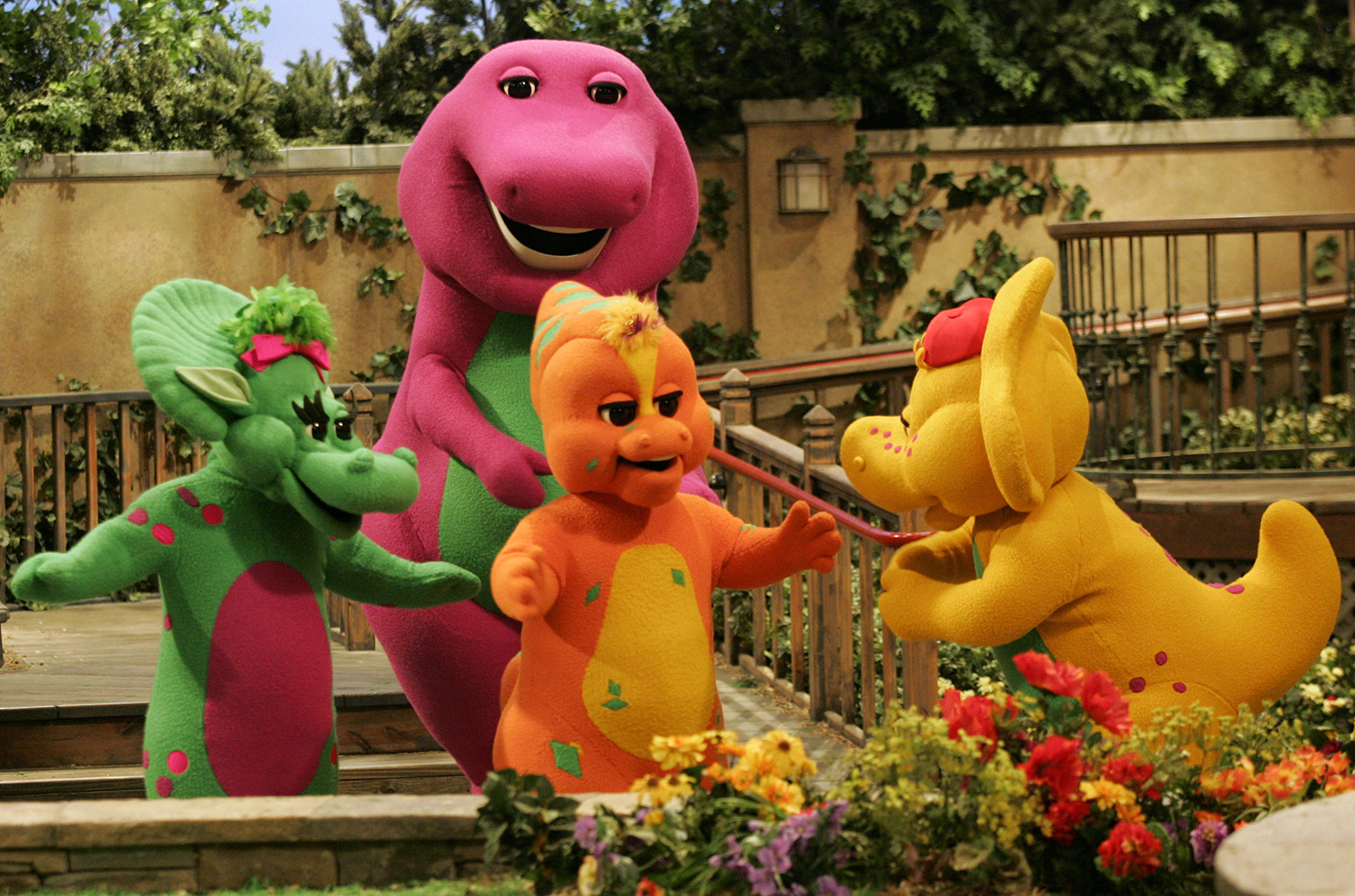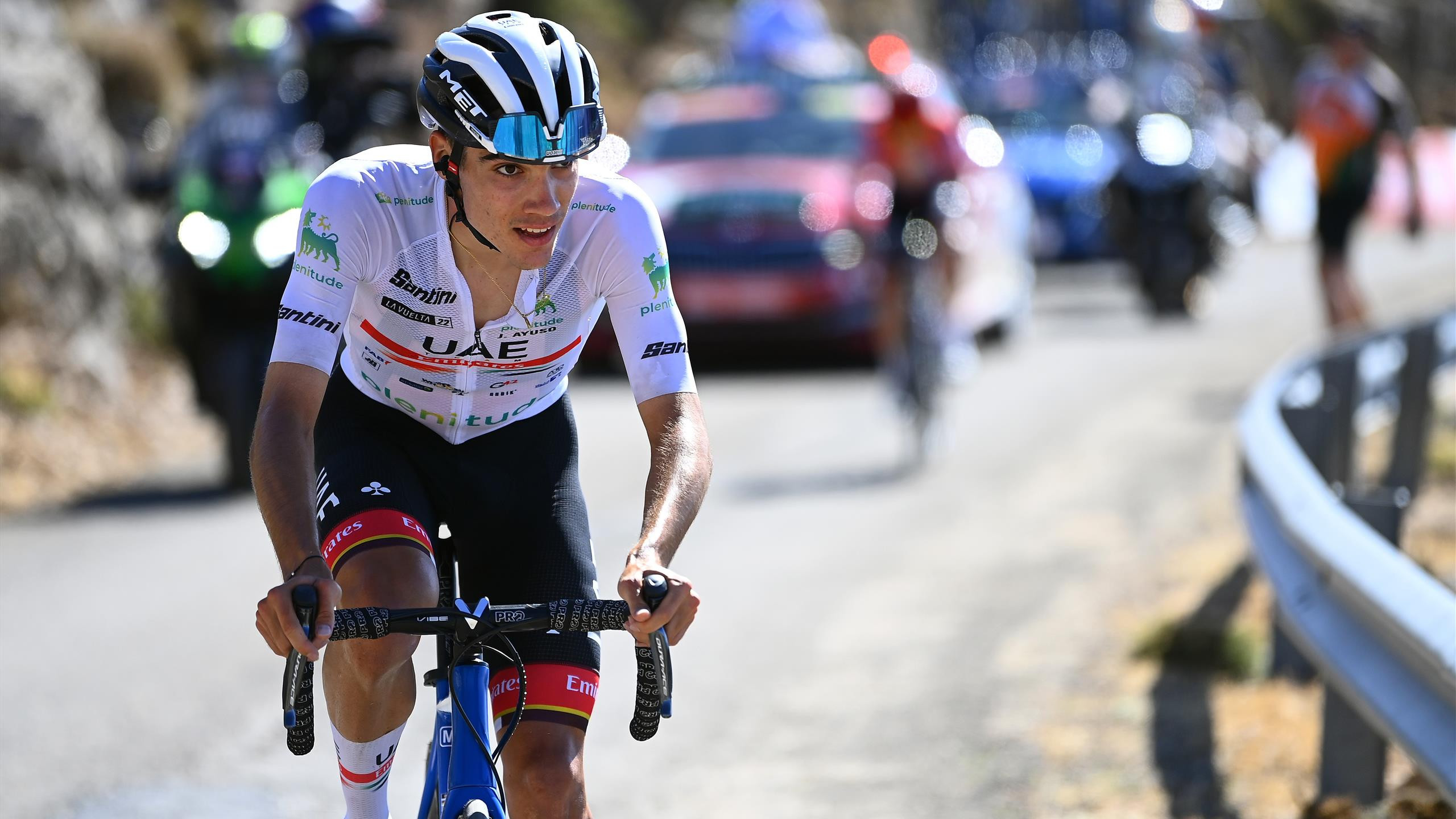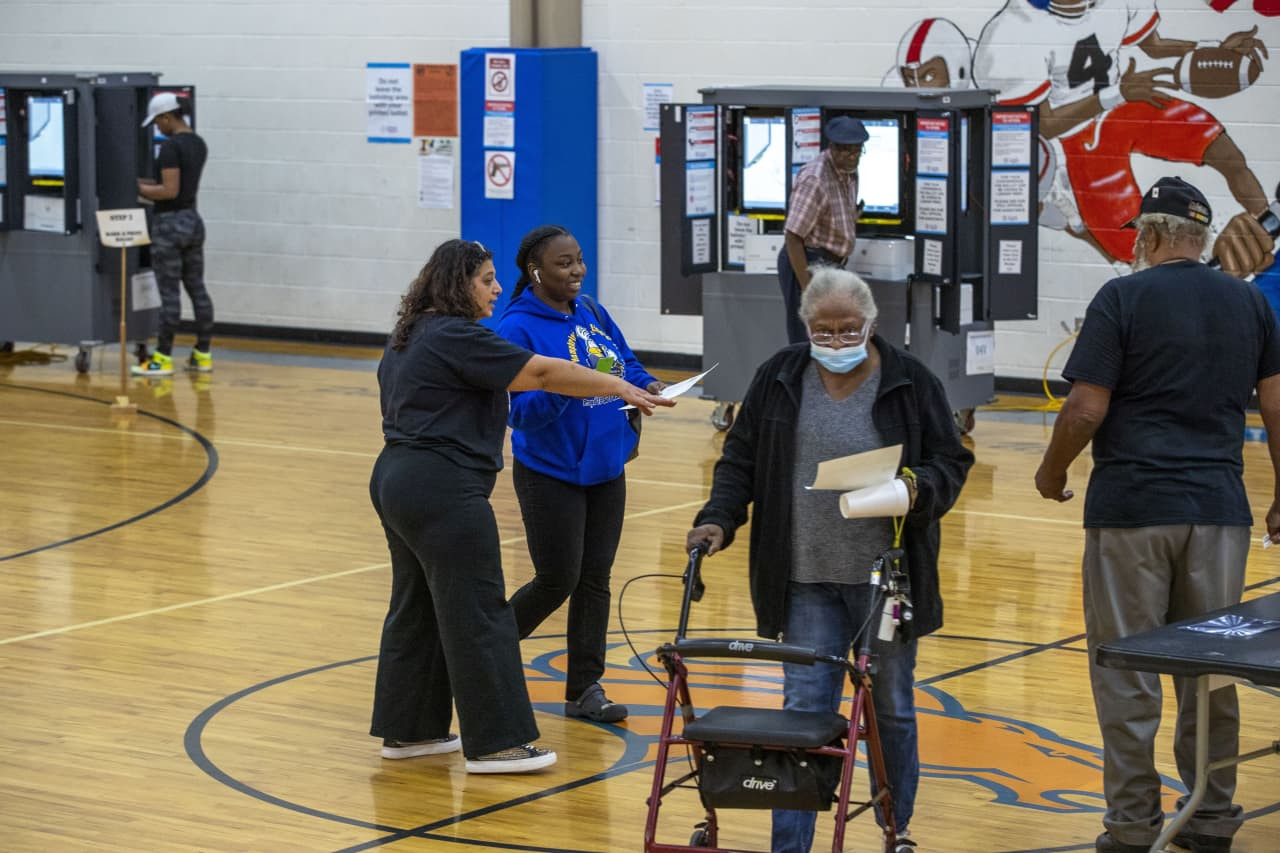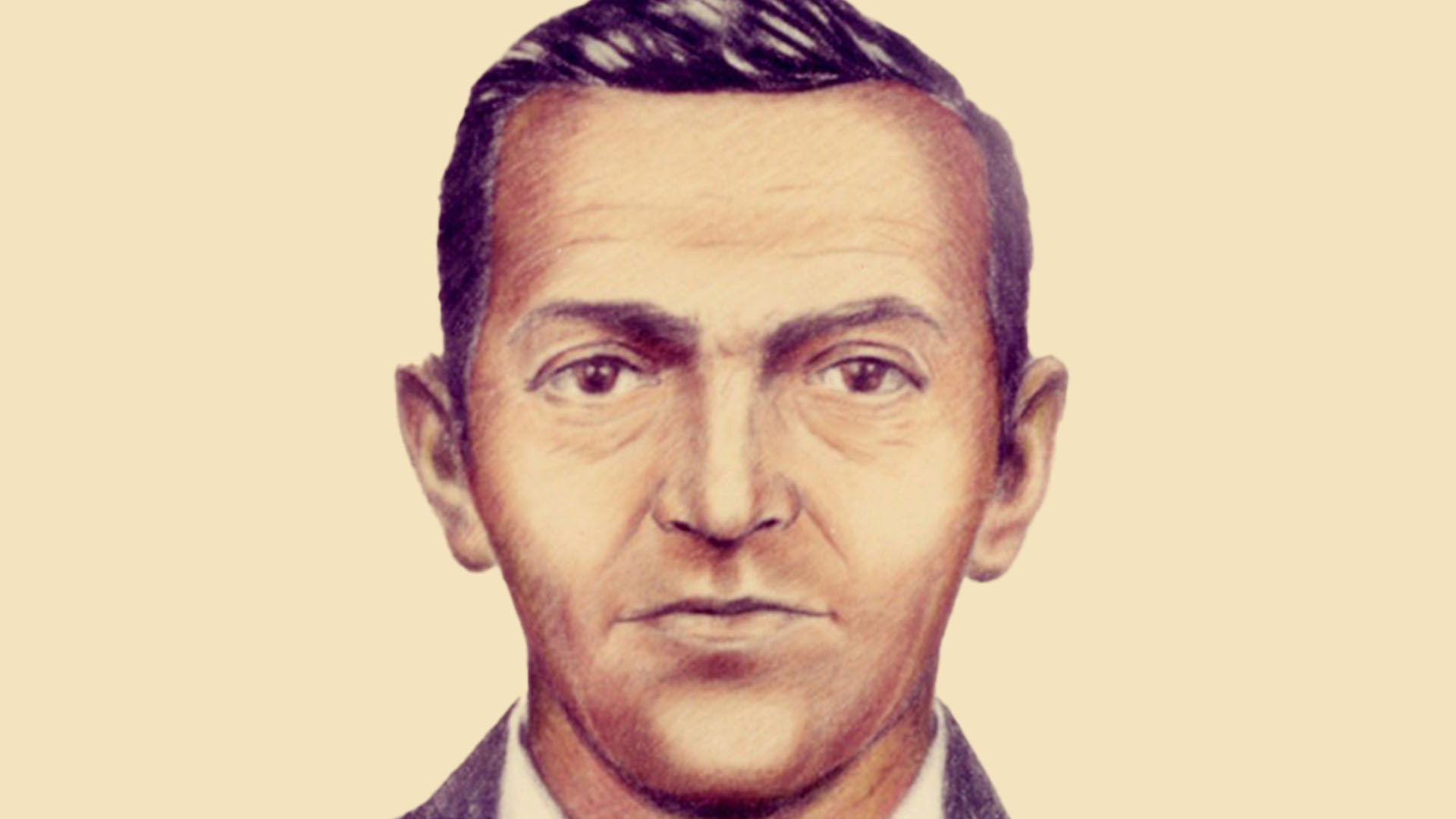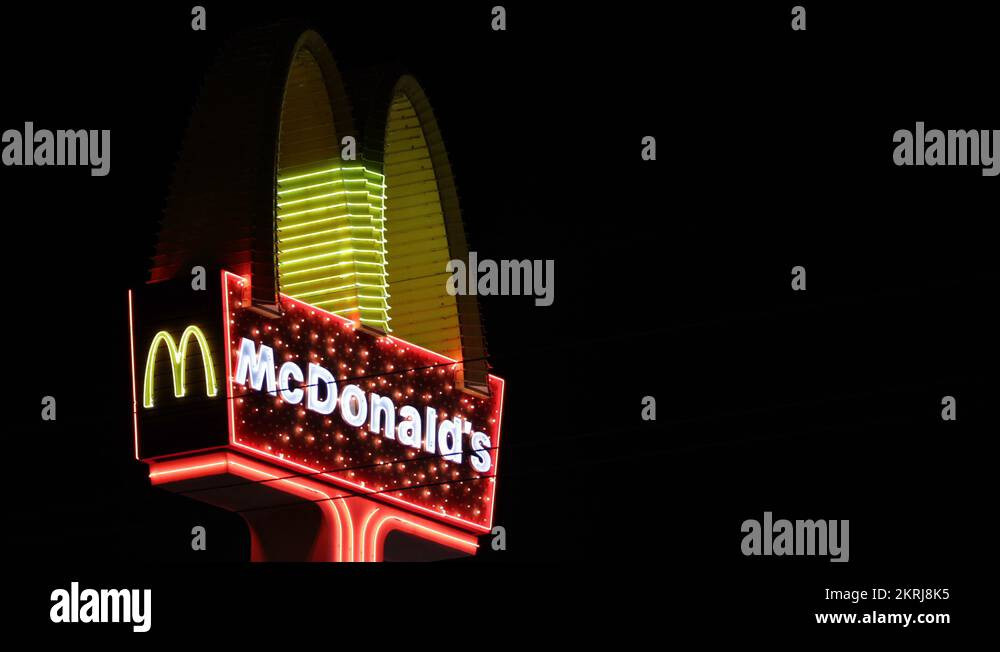The 78-year-old photographer has spent a lifetime behind the lens—but don’t call her latest show a retrospective.
Forty years into your career, you are putting together an exhibition in Paris, at the Jeu de Paume museum, that will focus on some of the themes that unite your work: family dynamics, domestic settings, the trappings and rituals of old money. The museum doesn’t refer to the show as a retrospective or a survey. Why have you skipped that language?
When you throw out the term “retrospective,” you think, Oh, yes, beginning to end. This show is trying to talk about many different things, not just chronology.
Are you looking forward to the show?
It’s a huge undertaking, which I’m both exhausted and excited by. In the ’90s, I did a tour of my series “The Europeans,” so I remember what it’s like to be interviewed over and over and to have people ask you the same questions. I know what lies ahead. [Laughs]
“The Europeans,” which candidly showcased aristocratic families in their homes, was a breakthrough moment in your career, during what was already a really important moment for photography thanks to artists like Andreas Gursky, Thomas Ruff, and Thomas Struth.
Everything was in Europe at that time, or it seemed that way. Not only was it a time in which all the great new photographers were coming out of Germany, but I’d gone there first and I had met them. It was like if you were a Beatles fan and you all of a sudden started hanging out with the Beatles and all their friends. It was at that level. I felt like a little underling. I knew I wasn’t part of the crowd, but I was observing it. I barely felt like mentioning I was a photographer, I was so intimidated.
Do you consider yourself introverted?
I think I’m a funny combination. One of the things is being shy, and then the other thing is sometimes I feel lazy. It’s an effort to be sociable, but it depends if you’re talking about me as a person or me as a photographer. I used to be very sociable and gregarious, and now I am just quiet and solitary. I think that’s just age.
You use a large-format 4x5 camera, so you have to disappear under a curtain to operate it. How does that affect your interaction with your subjects?
The dark thing over the head is a great tool because it shuts everybody up, so you can concentrate. People just have no clue the extreme amount of concentration you need. When I photograph, I look clumsy, like I don’t know what I’m doing. And I have to concentrate even more than most because I’m not very technical.
Was there a moment when you felt that, as an artist, things were clicking into place?
The first time I saw my work, “Sunday New York Times,” in my little condo in Sun Valley, I knew that was the dream and that I’d gotten it. That was what I was working for.
Did you ever style your subjects?
I let people be the way they were. Then I made a photograph in 1987 called The Conversation. It was the first time I decided I was going to go into people’s closets and pick out their clothes so that they matched the interiors where we were shooting. I started doing that because I thought that the clothes had a lot to do with not only the taste of the people in the pictures, but also a certain period—like, 1987 was the year Martha Stewart decided to use the color coral, for instance. When you look through art history, fashion is a mark of the time, politically and sociologically. Clothes have been important to me. I always thought about the colors and the patterns of the whole picture, and every living inch I would think about more and more as time went on. My mother was a model too, so fashion’s been around in my mind since the beginning.
I don’t think of you as a clotheshorse.
I was, believe me. My sister was in Women’s Wear Daily every day in the 1960s. She hung out with Halston, et cetera. She was very beautiful, and she had incredible originality and style, much more than me. I copied her. I can’t even tell you the clothes we had. Then we had kids, and then I moved to Sun Valley.
What’s the most unoriginal thing people ask you?
Well, the worst question is “How did you get into photography?” It’s a dull question, because you can answer it in a sentence, or it can take you three weeks.
“I’ve been taking photographs for most of my life now,” says Tina Barney. “I don’t think I’m going to reinvent the wheel at this point.” Yet, over the course of a more-than-four-decade career, the photographer and New York native has, in many ways, done just that. Harnessing a keen eye for the odd gesture or errant glance, Barney has captured some of the past century’s most memorable portraits.
Barney picked up her first handheld Pentax in her early 30s, as a wife and mother-of-two living between Rhode Island and Sun Valley, Idaho. It wasn’t until the 1980s that she fell for the unsparing granularity of large-format photography, a mode with which she’s since become synonymous. “I would take 400 pictures a year during that period,” recalls the photographer, now 78. “If I got nine good ones, that would be a terrific year.” Her sharp, piercing images of the American and European upper crust are as much about the subjects’ surroundings—opulent abodes laden with the trappings of wealth and tradition—as the people themselves. The result is a delightfully heady, if sometimes merciless, visual cocktail.
This month, a retrospective at Paris’s Jeu de Paume, “Tina Barney: Family Ties,” pays homage to the artist’s 40-year-long inquiry. Photographs shot primarily during Barney’s large-format era capture the blue-blooded East Coast families she grew up around as well as a smattering of European aristocrats and celebrities. She also turns the camera on herself.
Barney does not view this retrospective—her first in Europe—as an end point. Currently, she’s immersed in a series of still lifes staged in her Rhode Island home (one beguiling linen closet has proven a fruitful subject). The motivation behind this intimate turn is less an investigation of her own emotional landscape than a formal exercise. “It’s like solving a mathematical problem,” Barney asserts. “I don’t care that it’s a linen closet—there’s nothing emotional in it. I’m just thinking about making more pictures.”
A Closer Look at Barney's Work
Barney’s photographs are often described as “intimate” and “unflinching.” They are characterized by their close-up framing, which allows the viewer to see every detail of the subject’s face and body. This intimacy is further enhanced by the use of natural light, which creates a sense of immediacy and realism. Barney’s photography is often compared to the work of Diane Arbus, another photographer who was known for her portraits of marginalized people. However, unlike Arbus, Barney does not seek to expose her subjects’ vulnerabilities. Instead, she celebrates their unique beauty and individuality. Barney has said that she is interested in “the way people behave when they think they’re not being watched.” This is evident in her work, which often captures moments of vulnerability and intimacy. One of the things that makes Barney's work so compelling is her ability to create images that are both personal and universal. Her subjects are people from all walks of life, but they are united by the common human experience of family, love, and loss.
Barney's Unique Perspective on Family
Barney’s work often focuses on the complexities of family life, specifically the dynamics of upper-class families. Her subjects are often wealthy, well-educated, and well-connected, but they are also flawed and vulnerable. Barney’s work is not simply about documenting the lives of the wealthy. It is also about exploring the universal themes of love, loss, and the bonds of family. Barney’s photographs often depict families in moments of tension and conflict, but they also capture the tenderness and intimacy that can exist between family members. She often uses humor in her work to highlight the absurdity of certain family dynamics, but she also uses it to create a sense of warmth and empathy for her subjects.
Family Dynamics in Barney's Work
Barney’s photographs often depict family members in close proximity to one another, creating a sense of intimacy. This intimacy is often contrasted with the subject’s aloof demeanor, creating a tension that is both intriguing and unsettling.
From Photography to Still Life
Barney’s work has evolved over time, but she has always been interested in exploring the relationship between people and their surroundings. In her early work, she focused on capturing the lives of her family and friends. However, in recent years, she has begun to focus on still life photography. Barney’s still life photographs are often seen as a continuation of her work on family dynamics. She uses still life to explore the relationship between objects and the memories that they evoke. She also uses it to examine the role of objects in shaping our identities. Barney’s still life photographs are often described as “minimalist” and “geometric.” This reflects her interest in exploring the formal elements of photography, such as composition, light, and shadow.
Barney's Enduring Legacy
Tina Barney is one of the most important photographers of her generation. Her work has been exhibited in museums and galleries around the world, and her photographs are part of the collections of many major institutions. Barney’s work continues to be relevant today because it speaks to the universal themes of family, love, and loss. Her photographs remind us that we are all connected, and that our lives are shaped by the people we love and the places we call home. She is known for her keen eye for detail and her ability to create images that are both personal and universal. Her work has been exhibited in major museums and galleries around the world, and she has received numerous awards for her photography. She is a master of her craft, and her work continues to inspire photographers and art lovers alike.
A Lasting Impact
Tina Barney’s work has had a profound impact on the world of photography. She is known for her iconic images that capture the essence of American and European society. She is also an inspiration to photographers of all levels, and her work continues to be relevant and inspiring today.




